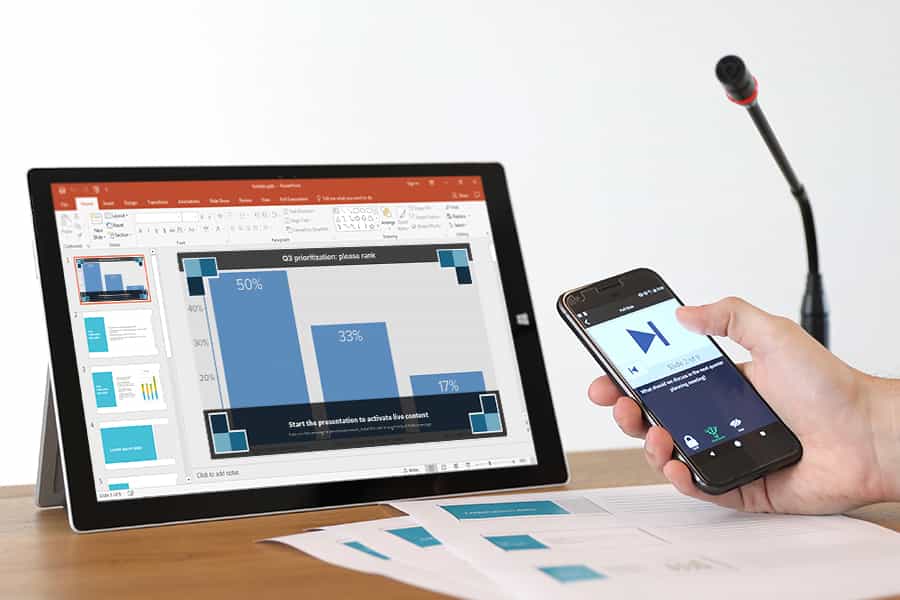Europe’s PSD2 regulations mandate enterprises to use “Strong Customer Authentication,” or SCA, beginning in 2019. It is, nonetheless, a sensible business strategy for banks and other enterprises to have effective consumer authentication.
Strong client authentication has long been acknowledged as a key factor in reducing fraud expenses. Customers are placed in danger by fraud. As a result, your firm loses both money and goodwill. As a result, taking precautions is a wise move.
A careful balance must be walked, however, between properly verifying your consumers and reducing the process’s friction. Customers are concerned about the security of their personal data. When it comes to accessing their accounts and using your services, consumers don’t have much time for unnecessary steps.
Accurate client data is essential for a successful authentication process. To be sure that the clients you deal with are who they claim to be, you must have correct customer data. As a result, account takeovers and fraud are prevented.
It is critical to understand the meaning of customer authentication, why it’s so critical, and how to go about putting one in place effectively.
Customer Authentication: What is it?
Customers’ identities must be validated before they can access their accounts or other sensitive information, according to the term “strong customer authentication.” Customers and users must be verified as who they claim to be before any critical information can be compromised, and this is your responsibility as a company owner. Customer identification may be verified in three ways: through knowledge, possession, or inherence.
Customers may, for example, confirm passwords or PINs that they have memorized. They have the option to do this when they create their account. It’s information that should only be available to the consumer. To keep their accounts safe, customers should be urged not to provide sensitive information to other parties.
They may use their personal information, such as their mobile phone number or credit card, to authenticate their identity. Because clients’ phone numbers are usually linked directly to their mobile devices, this verification is done automatically for mobile apps. You may also use a one-time passcode on your phone to verify your identity.
A person’s identification may be confirmed by verifying their credit card details. The three-digit number on the back of the card should be checked, however, since card information is so easily stolen. In order to ensure that the cardholder has it, this is the best method.
Finally, clients will be able to authenticate their identity using their fingerprints or face recognition. Customers may use this information to identify themselves. It’s best to think of inherence as an inherent trait that cannot be altered. When it comes to making payments, fingerprint and face recognition are the most used methods of authentication.
Customers may set up these identification capabilities on their phones to unlock and get access to their mobile devices, digital wallets, and payment applications. It’s easy for customers to utilize this strategy since it’s fast and convenient. Keep in mind that you want to keep client accounts safe while still making the procedure as simple as possible.
Authentication through Email or Phone Number?
In order to authenticate consumers, phone numbers are the best option. It is possible to establish accounts in someone else’s name, register social media accounts for spamming, and submit web forms or join up for free trial services using a bot-generated email address.
You don’t have to depend on email for authentication; you may request, utilize, and screen telephone numbers instead. There are a few things to keep in mind while dealing with customers: Customers may use validation error messages to double-check their inputs before submitting them for processing. For the most accurate information, you’ll need the whole phone number with the country code formatted to follow the national protocol.
Phone verification APIs allow you to verify phone numbers before they are entered into your database. The API determines the phone number’s line type (landline, mobile, or VoIP). Based on a user’s location, it is able to identify possible fraudulent traffic.
People are more likely to check their phones than their emails these days because of the prevalence of mobile devices. Phone verification is more reliable than email verification since phone numbers are harder to forge.
To be on the safe side, you may provide a four- to six-digit code to everyone who wants to register using your form. This is a great way to verify your identity. But when used in combination with one of the other two forms of identification, it is at its strongest.



